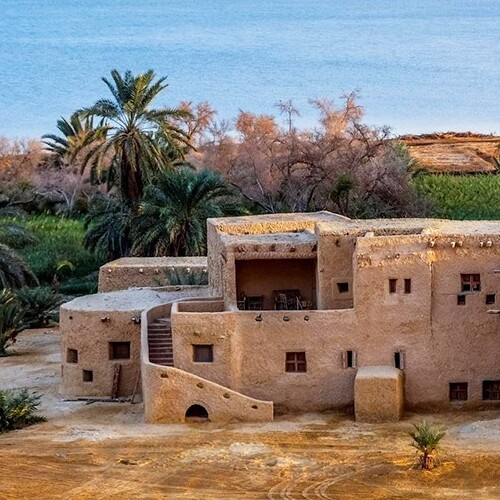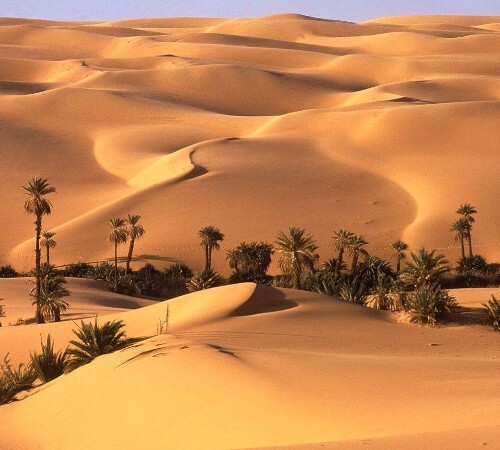El-Hayz
El-Hayz
El-Hayz, a region steeped in history and nestled about 40 kilometers from Bawiti in the Bahariya Oasis, offers a unique glimpse into Egypt’s rich past. This area, sprinkled with quaint hamlets, once thrived as a crucial node on the ancient caravan route linking Bahariya and Farafra. Its ruins tell tales of bustling trade and agriculture during the Roman Empire.
Springs of El-Hayz
The region boasts at least four springs: Ain el-Ris, Tabla-Amun, Ain el-Izzah, and Ain El-Sheikh. These natural water sources, undoubtedly lifeblood for the ancient inhabitants, are surrounded by numerous archaeological sites. The presence of these springs likely influenced the location of ancient settlements. Despite extensive excavations by Ahmed Fakhry in the 1930s and 1940s, particularly near Ain el-Ris, much of the area’s history remains enigmatic.
Prehistoric Echoes
Artifacts indicative of the Lithic and Neolithic Periods, mainly flint blades and fragments, have been unearthed, suggesting prehistoric human activity. However, evidence of Pharaonic Period activities remains scarce.
The Ruins of Ain el-Izzah
To the west lies Ain el-Izzah, a small village near Gebel. Nearby, an ancient settlement, though poorly preserved, is littered with pottery sherds. Northwest of this spring, a ridge reveals rock tombs, with pottery coffins and mummy fragments scattered about. The most significant ruins are those of Ain el-Ris, a mere 2 kilometers from the main road and the largest settlement in the oasis. During Roman times, a formidable mudbrick fortress dominated this area.
Recent excavations by the Inspectorate of Antiquities at Bawiti have uncovered remnants of a palace, a wine cellar, and orchards. Extensive cemeteries have also been found around el-Ris.
The Old Christian Church
In the northern reaches of el-Ris, within the Western Desert, stands an ancient Christian church, once well-preserved but now succumbing to the ravages of time. This two-story, mudbrick basilica, likely dedicated to St. George – a venerated saint in ancient Bahariya – bears the scars of centuries. Despite missing frescoes, its roof, and upper floor, its architectural plan remains discernible. Decorative elements cling to its plastered walls, with estimates dating its construction to the 5th or 6th century.
Discoveries Beyond the Church
Fakhry’s 1938 excavations near St. George Church unearthed parts of a grand palace beneath soil mounds, adorned with white plaster and geometric decorations. Further explorations from 1939 to 1945 revealed additional structures, hinting at the area’s affluent past.
Near the church are remnants of a uniquely shaped Roman camp, likely a military outpost linked to a larger structure at Qasr Masuda. This fortress, imposing in its scale, featured numerous rooms and a court well.
Ongoing Research and Revelations
Dr. Miroslav Barta and the Czech Institute of Egyptology at Charles University have been diligently exploring el-Hayz. Their surveys between 2002 and 2003 uncovered numerous ancient settlements, with scattered Roman and Prehistoric remains. They unearthed Roman estates and manawirs, ingenious underground irrigation systems used by the Romans.
El-Hayz, with its tapestry of ancient springs, ruined settlements, and historical intrigue, remains a testament to the ebb and flow of civilizations that once graced this part of Egypt.
Created On May 4, 2020
Updated On January 26, 2024



